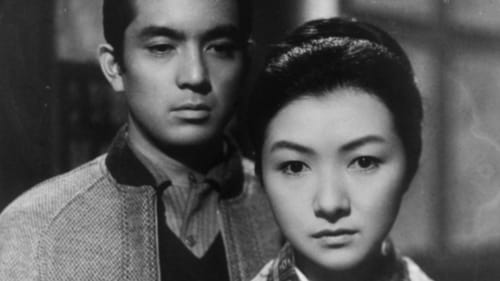
Director of Photography
Depois que um bombardeio destrói a loja da família e seu marido, Reiko reconstrói e administra a loja por amor, interrompida pela destruição.

Director of Photography
A woman remember's her own marriage when dealing with the love life of her son.
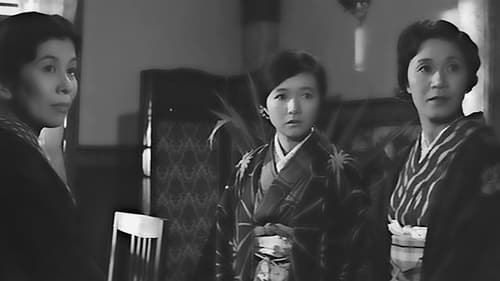
Director of Photography
Considered one of the finest late Naruses and a model of film biography, A Wanderer’s Notebook features remarkable performances by Hideko Takamine – Phillip Lopate calls it “probably her greatest performance” – and Kinuyo Tanaka as mother and daughter living from hand to mouth in Twenties Tokyo. Based on the life and career of Fumiko Hayashi, the novelist whose work Naruse adapted to the screen several times, A Wanderer’s Notebook traces her bitter struggle for literary recognition in the first half of the twentieth century – her affairs with feckless men, the jobs she took to survive (peddler, waitress, bar maid), and her arduous, often humiliating attempts to get published in a male-dominated culture.
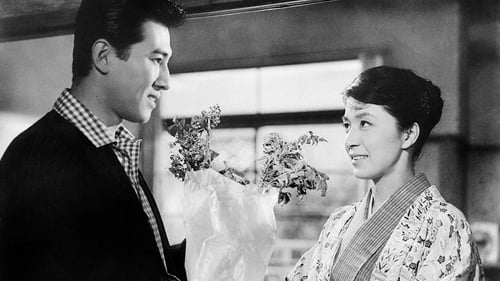
Director of Photography
Drama about the lives of the five daughters and daughter-in-law of a store owner.

Director of Photography
In "The Other Woman" the children of a distinguished professor find that the woman they have come to regard as their racy and slightly disreputable Ginza aunt is really their mother.
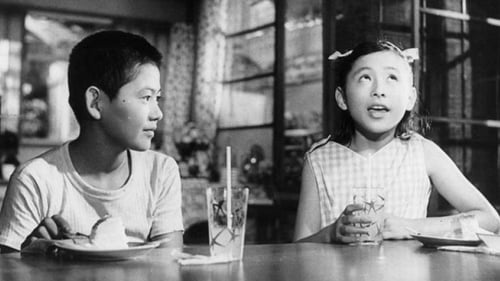
Director of Photography
A single mother from the country raising a 6th grade boy comes to Tokyo, leaves the boy to live with his uncle's family, runs a struggling grocery store, and works a local inn. The boy befriends a girl, the daughter of the innkeeper...

Director of Photography
A woman and her daughter are in love with the same man, a chef at the restaurant that the mother manages. He is slightly crippled from frostbite in his years in Siberian labor camps and considers himself "already dead."
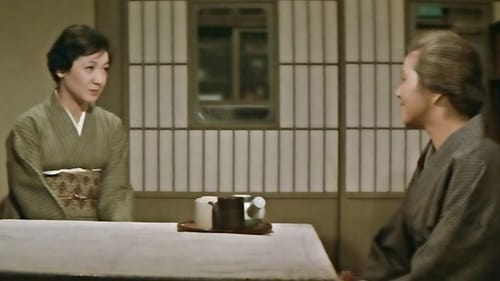
Director of Photography
Este filme apresenta uma grande e extensa família (e associados) ainda mais extensa do que aquela retratada por Ozu em "Fim do Verão". O personagem central é Setsuko Hara - uma mulher equilibrada de meia-idade, cujo marido rico (e prestigioso) morre no início do filme, deixando-a viúva, mais o produto de uma apólice de seguro de um milhão de ienes. Por não ter filhos, os seus sogros não poem objeções com o seu regresso a casa de família.

Director of Photography

Director of Photography
A longtime hotel employee (Morishige) struggles to bring his old-fashioned ryokan in line with postwar Japanese business practices.

Director of Photography
It's a man's world. Shimamura, an artist, comes to this snowbound town to rejuvenate himself. He connects with Komako, a geisha he met on a previous trip, and it seems like love. She's the foster daughter of a local family, almost engaged to the family's son Yukio, now dying of consumption. He's tended by his sister Yuko who's angry at Komako for abandoning her brother. Shimamura returns to Tokyo but promises he will be back soon. In anticipation of his return, Komako breaks with her patron and her family loses their home. Complications arise when Shimamura doesn't come back as promised. Then Komako discovers that he and Yuko knew each other in Tokyo. Can Komako escape destiny?

Director of Photography
A girl rebels against her mother, who runs a brothel in Yokohama, and attempts to find freedom on her own.

Director of Photography
The story of a professional nude model stalked by a bizarre, unknown man wearing a hideous mask.

Director of Photography
Forced on the road by yakuza obligations, a man sets out on a reckless journey to Tsumagoi. Movie posters for local cinemas were often displayed at sento (public baths) too. The handwritten text on the bottom here announces the film will play at Hassen for 3 days.
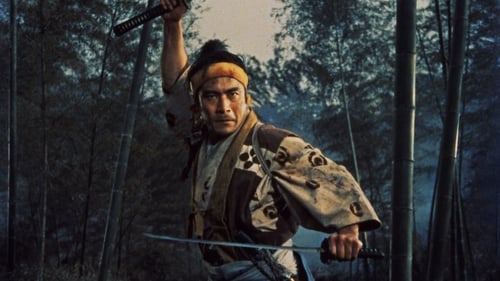
Cinematography
Aqui a história se passa entre 1600 e 1612, no Período Edo. Segundo filme que retrata a vida do lendário samurai e estrategista Musashi Miyamoto, onde são retratados vários dos duelos históricos de um dos espadachins mais conhecidos do mundo. É dito que Musashi lutou em sessenta duelos e nunca foi derrotado.
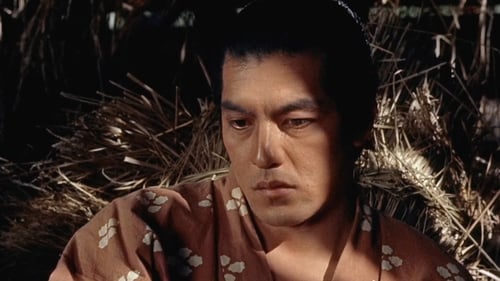
Cinematography
Ao lado do amigo Matahachi, o jovem órfão Takezo deixa seu vilarejo para se juntar ao exército e enfrentar uma batalha. Vendo-se perdedores, os dois procuram abrigo numa casa isolada onde vive a viúva Oko e sua filha Akemi. Oko acaba seduzindo Matahachi, que cai na tentação da mulher e se esquece de seu noivado com Otsu. Logo Oko, Matahachi e Akemi partem para viver em outro local, enquanto Takezo resolve voltar ao seu vilarejo. Lá ele narra os acontecimentos à família de Matahachi, que além de não aceitar os fatos ainda condena o jovem Takezo por traição. Ele será salvo da morte por um monge que irá ensinar ao rapaz o código dos samurais. O destino acaba colocando Otsu e Takezo no mesmo caminho. Apaixonada, ela promete a ele que irá esperar seu retorno como um cavaleiro errante.

Director of Photography
Period film about a feudal era judge living in Edo

Director of Photography
A screwball tale of a suspected “lady thief” and the detective who is on her trail, following her from Osaka to her home village, where she is going to hold a memorial service for her father. Of course, the detective falls in love with his prey.

Director of Photography
An early film by Kon Ichikawa

Cinematography

Cinematography
The Forgotten Children

Director of Photography
Jidai-geki by Ryo Hagiwara

Director of Photography
A 1942 film.

Director of Photography
Twenty-year-old Yoshiko (Setsuko Hara) and her younger sister Asako (Yōko Yaguchi) struggle to accept changes in their home during the preparations of their widowed father's wedding to his chosen bride, Maki Tsuneko (Sadako Sawamura), who's anxious about her conduct as the bride.

Cinematography
Japanese adaptation of LES MISERABLES. The last film of director Itami took inspiration from Les Miserables. Transpiring during the Southwestern War of 1877 in Japan, which was the last civil war in the country, a criminal escapes prison only to be found by a monk. The criminal decides to turn a new leaf based on their conversation and goes on to become a town's mayor. He hears news of a mistaken arrest and identity. The revelation of truth is the start of a series of miseries.

Director of Photography
Japanese film.

Cinematography
Prewar jidaigeki starring Denjiro Okochi

Director of Photography
The sequel to the 1935 film Great Bodhisattva Pass

Director of Photography
A man gets rid of a cheap pot without knowing it contains a map to a treasure. As word spreads, many join in hunting it.

Director of Photography
Japanese historical film.

















